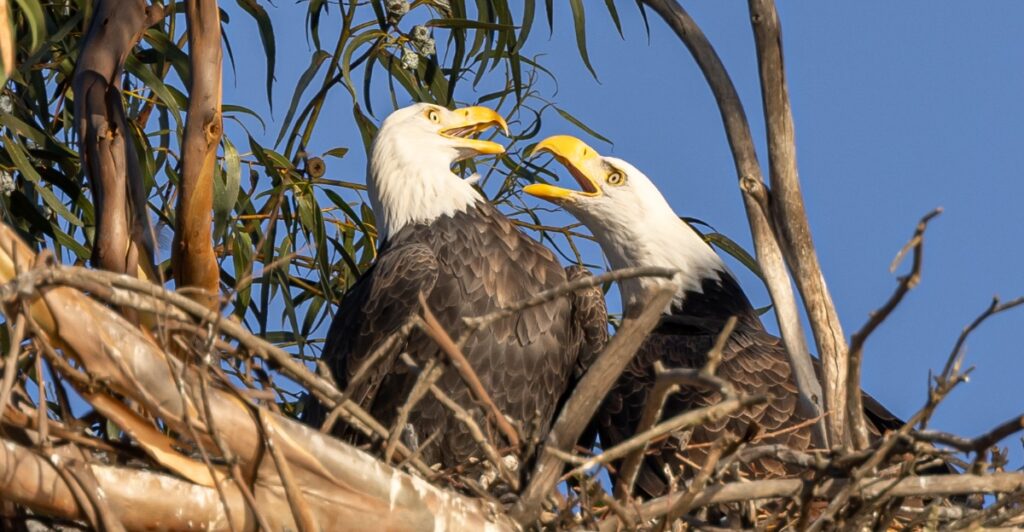
In the animal kingdom, certain species exhibit matriarchal structures where females dominate in various aspects of life, from leadership to reproduction. Here are ten animals known for their female dominance and what we can learn from them.
1. Bonobos
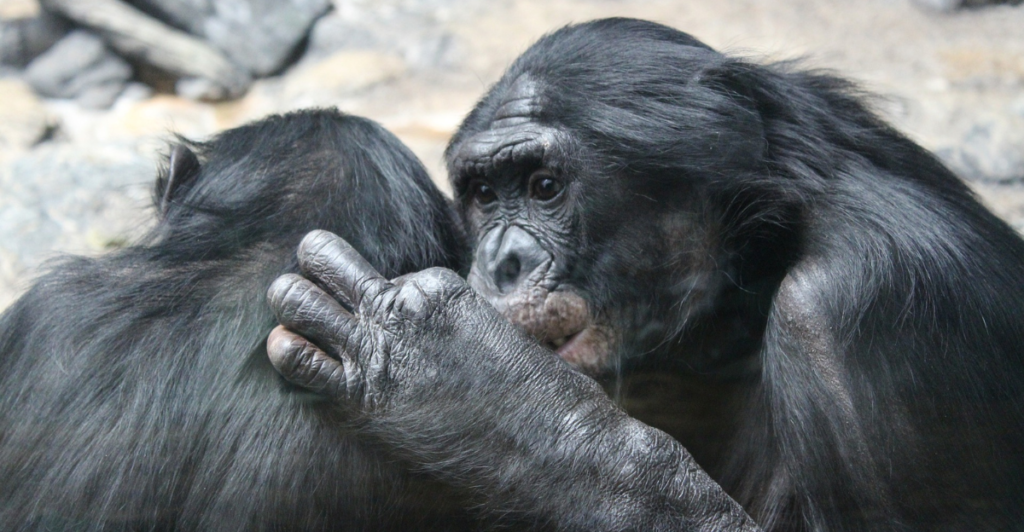
Bonobos are known for their peaceful, cooperative way of living. Female bonobos build close social connections and use these bonds to maintain control over males by increasing their independence. Instead of resorting to aggression, they resolve conflicts through affection, showing how humans can deal with disagreements in a more constructive way.
2. Spotted Hyenas
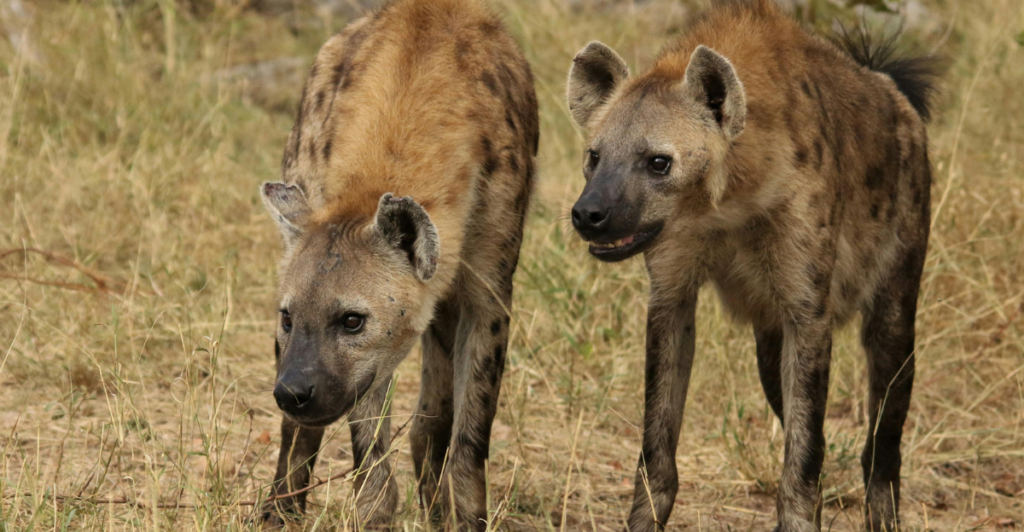
In spotted hyena clans, females take charge, being both larger and more aggressive than males. They lead their groups by combining physical strength with strategic social alliances. This shows us that females are no less capable than their male counterparts, managing group dynamics and resolving conflicts effectively.
3. Orcas
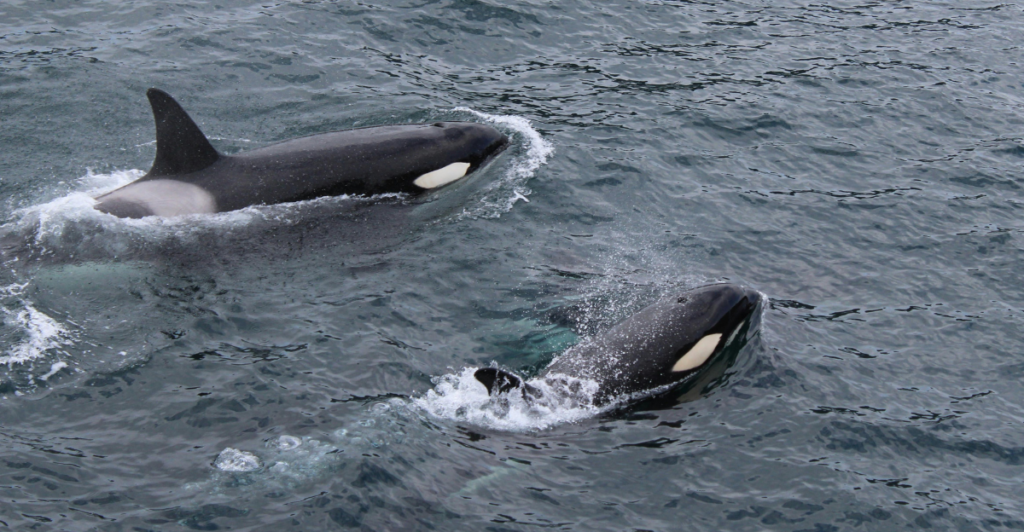
Female orcas usually lead orca pods because of their deep understanding of their environment. These matriarchs pass this knowledge down to younger generations, demonstrating the value of experience and teaching in leadership. We, as people, can do more to listen to the wisdom of our elders.
4. Lemurs
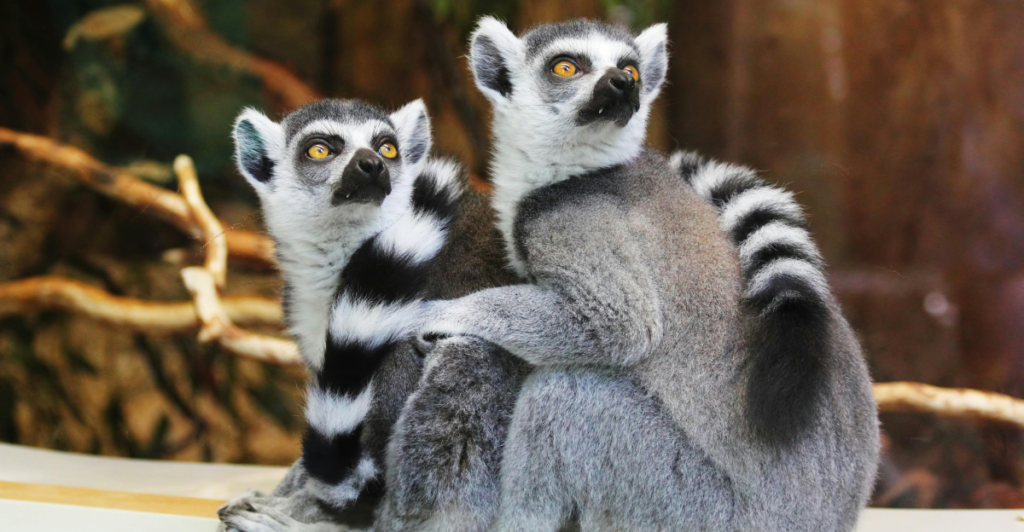
Female lemurs are known to dominate their groups by being aggressive. This lets them maintain order while securing their reproductive rights. Slapping, biting, and tail-whipping serve as powerful ways to remind everyone who’s in charge. They show how strong female leadership is important for keeping a group united and stable.
5. African Elephants
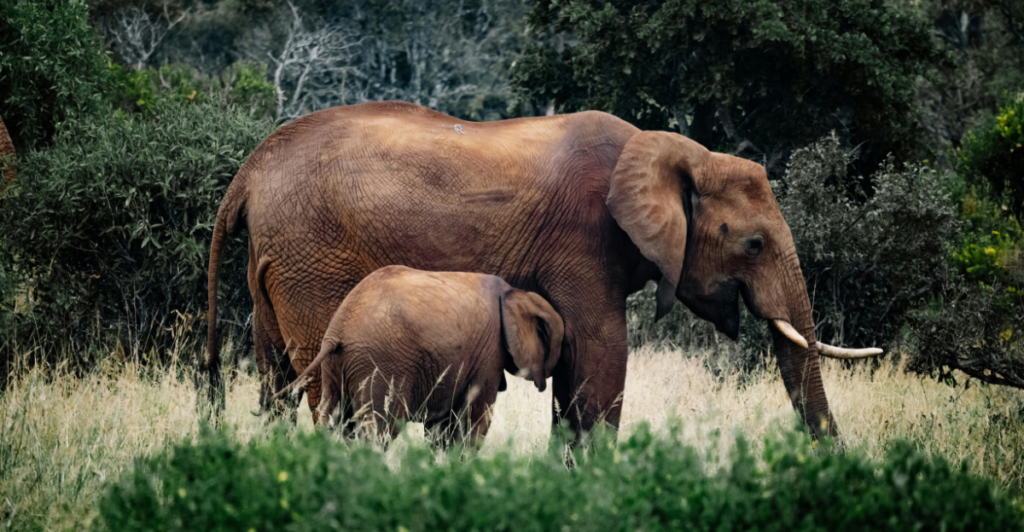
Elephant herds are typically made up of females, led by a matriarch with wisdom and experience. She guides younger members to food and water. The only males in these herds are calves, while adult males typically live on their own and only interact with females when mating. What we can take away from this is the importance of experience and leadership in guiding and nurturing others. Just like the matriarch leads her herd with wisdom, humans can benefit from valuing the leadership of those with experience to guide younger generations.
6. Naked Mole Rats

Naked mole rats are rodents that live in colonies where a queen oversees reproduction and keeps order among the workers. Their social structure is similar to that of bees and ants, demonstrating how hierarchical systems can thrive with female leadership.
7. Honeybees
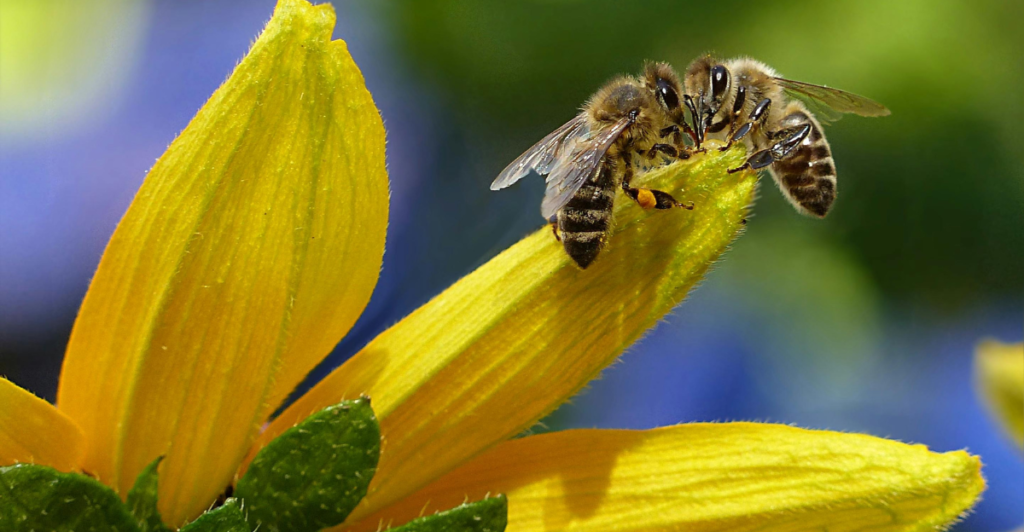
In honeybee colonies, a single queen oversees reproduction while female worker bees build the nest, forage for food, and look after the brood. The queen is responsible for all reproduction and has hundreds of male drones whose main purpose is to fertilize her eggs. This division of labor under female leadership provides insights into efficient organizational management.
8. Meerkats
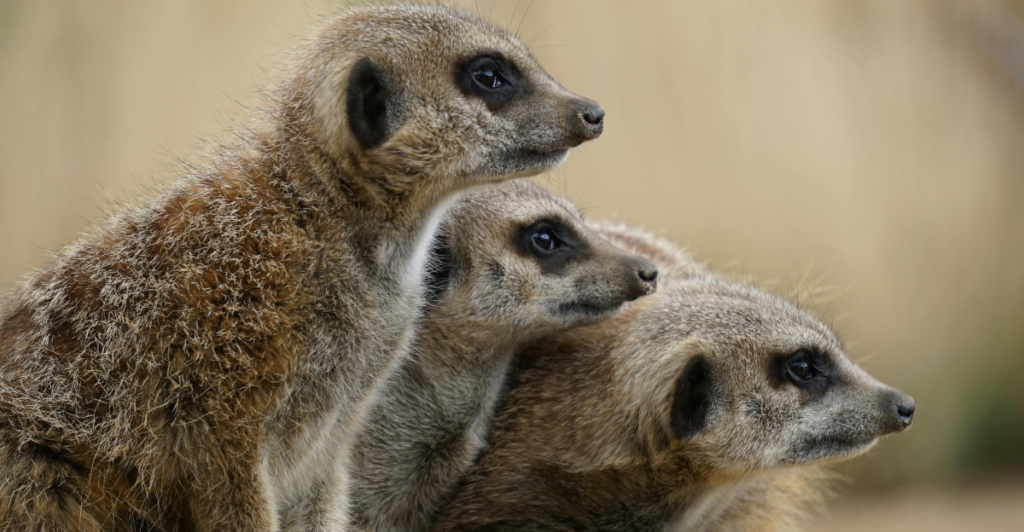
Meerkat mobs are usually led by a dominant female, who is larger than the others. She typically has many males who assist in mating, and most of the offspring are hers, reinforcing her leadership and control over the group. The rest of the females will help raise her young, illustrating the importance of belonging to a community that lifts each other up.
9. Bald Eagles
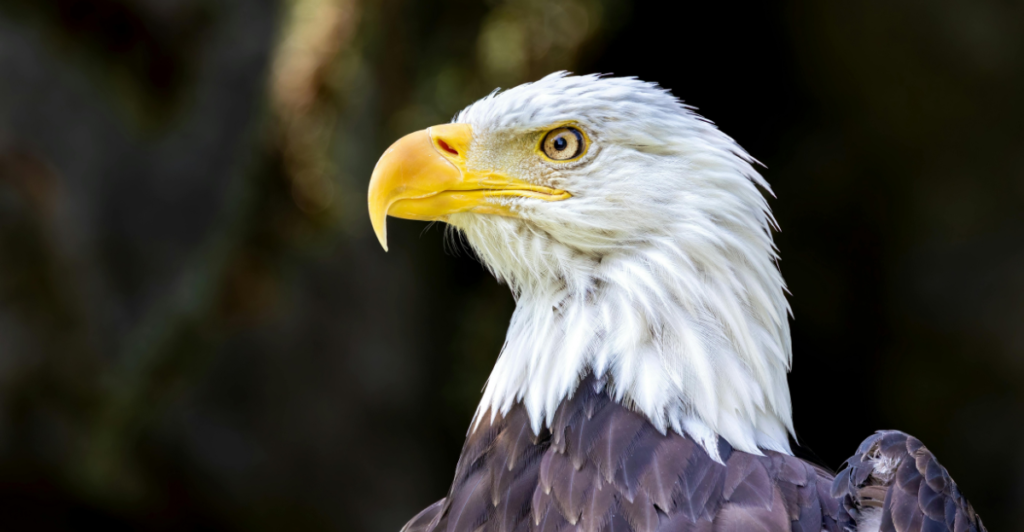
Bald eagles display a more balanced dynamic. They mate for life and share the responsibility of raising their young. However, female bald eagles are significantly larger than males, and this size difference often helps settle any disagreements over food or territory. This suggests that even in harmonious relationships, we must be mindful of our differences to avoid creating any unfair dynamics.
10. Clownfish

In clownfish groups, the largest and most aggressive female is in charge. She is usually the only breeding individual. To please her, males do things like bring her food, find a home for her, and solve any problems she faces. All the males compete to perform these tasks, and the one who wins her favor gets to mate with her. But what can we learn from this? Success can come from fulfilling roles effectively, working hard, and earning trust or approval through actions rather than relying solely on emotional connections or traditional ideas of partnership.
11. Honorable Mention: African Lions
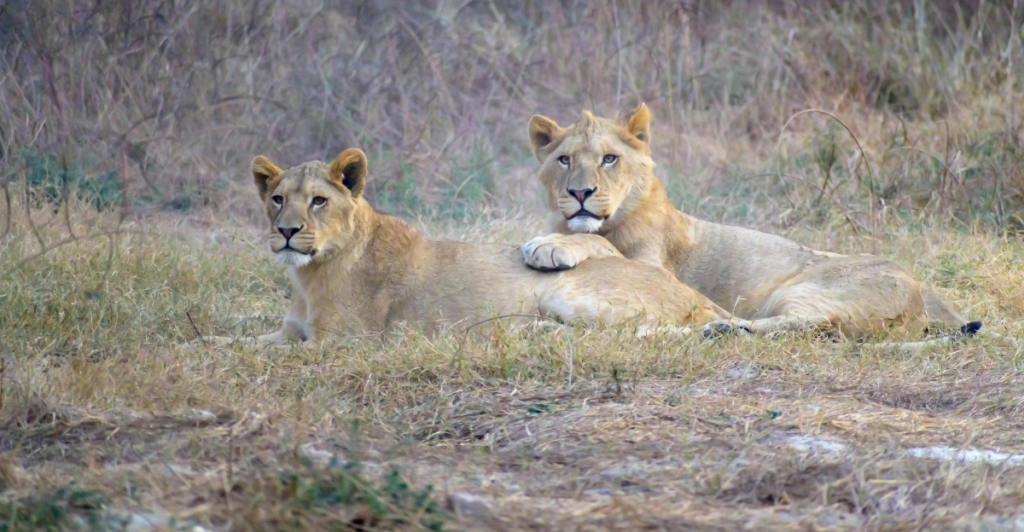
Female lions play a crucial role in hunting and territory defense. Lionesses work together during hunts, using their strength and social bonds to catch prey effectively. Their ability to work together highlights the importance of teamwork and cooperation in achieving common goals.
12. Honorable Mention: Topi Antelopes
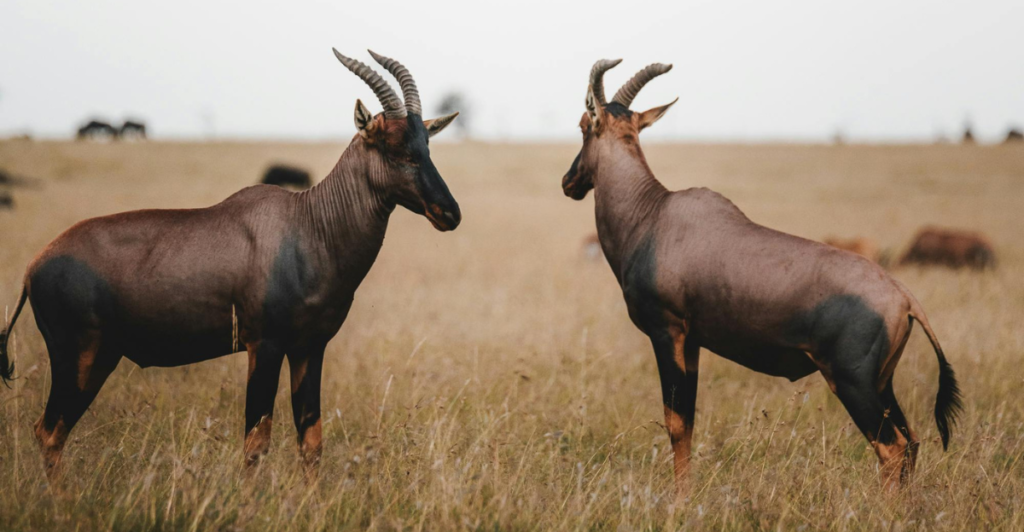
Unlike most creatures in the animal kingdom, dominant female topi antelopes actively pursue males during the breeding season. They engage in aggressive behaviors to secure mating opportunities, highlighting a reversal of typical gender roles seen in many species. It illustrates that breaking traditional gender norms can lead to new dynamics in social behaviors.
Source:
10 Animals with Dominant Females
Stay connected with us for more stories like this! Follow us to get the latest updates or hit the Follow button at the top of this article, and let us know what you think by leaving your feedback below. We’d love to hear from you!







